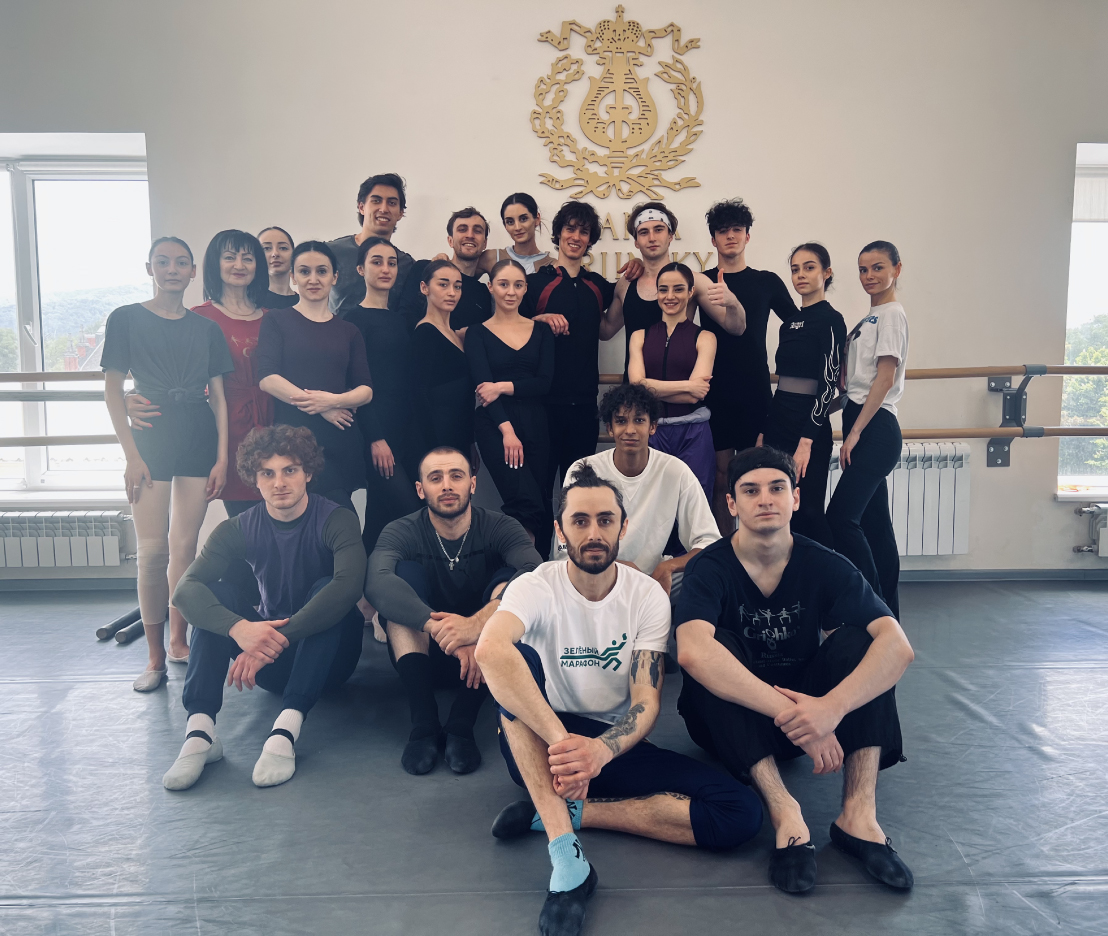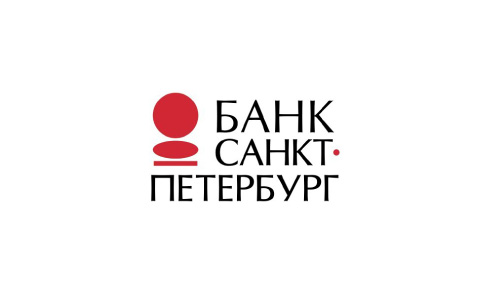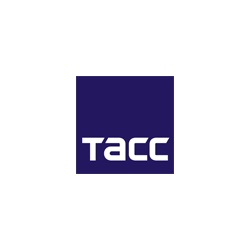'Step beyond canon, towards yourself’
The public may be familiar with Andrey Sorokin, Leonid Yacobson Ballet’s principal dancer, not just because his virtuoso skills truly shine in the shows from the theatre’s repertoire, but also because he appeared in the Grand Ballet project on the Culture Channel and in the Bolshoi feature film by Valery Todorovsky.
On 17 May, this celebrated performer took to the stage at the Mariinsky Theatre’s branch in North Ossetia, playing one of his best roles: the vivacious and ingenious barber Basilio from Don Quixote; and the very next day, he hosted a ballet workshop for dancers from the local troupe, where he revealed some of the secrets of his craft.
‘The main message that I wanted to give them,’ Andrey Sorokin recollects, ‘Is how to utilise your energy in dance as efficiently as possible; how to build up this energy, how to let it fuel your next move, how to control it.’
‘Ballet dancers are faced with a challenging task: to step beyond canon, towards yourself. This way, you can fully express yourself as an individual. At school, they teach you a specific set of classical rules: where you turn, where you don’t, where you stretch your legs, things like that. And more often than not, these rules imprison the dancer, because as you follow them, you can become oblivious to organic motion and natural physics. Movement is a kind of coherent chain, where each next pas adds something to the one before it. You have to turn your body language into a clear phrase, with a specific meaning. If you compare dance to literature, imagine if you wrote a book using nothing but commas. That wouldn’t make much sense. It’s the same thing here: you can have your commas, as a way of clarifying what you are about to say next, but after the comma, you have to continue your train of thought.’
‘I don’t give lessons all that often, I’ve only really done it a couple of times. But I love being on the other side of a classroom. I greatly enjoyed today’s experience, and the young people I taught did really great. As I said during my workshop, you shouldn’t assume that you’ll get everything right from the first try. It doesn’t work like that. And it’s not a bad thing. The main goal of today’s lesson was to plant the seed of thought, which each student will end up nourishing into their own flower. Each of them will interpret the thought in their personal way, and their body language as a dancer will gain more vocabulary, becoming uniquely theirs. This is the key thing that I wanted to inspire in these young people today.’











